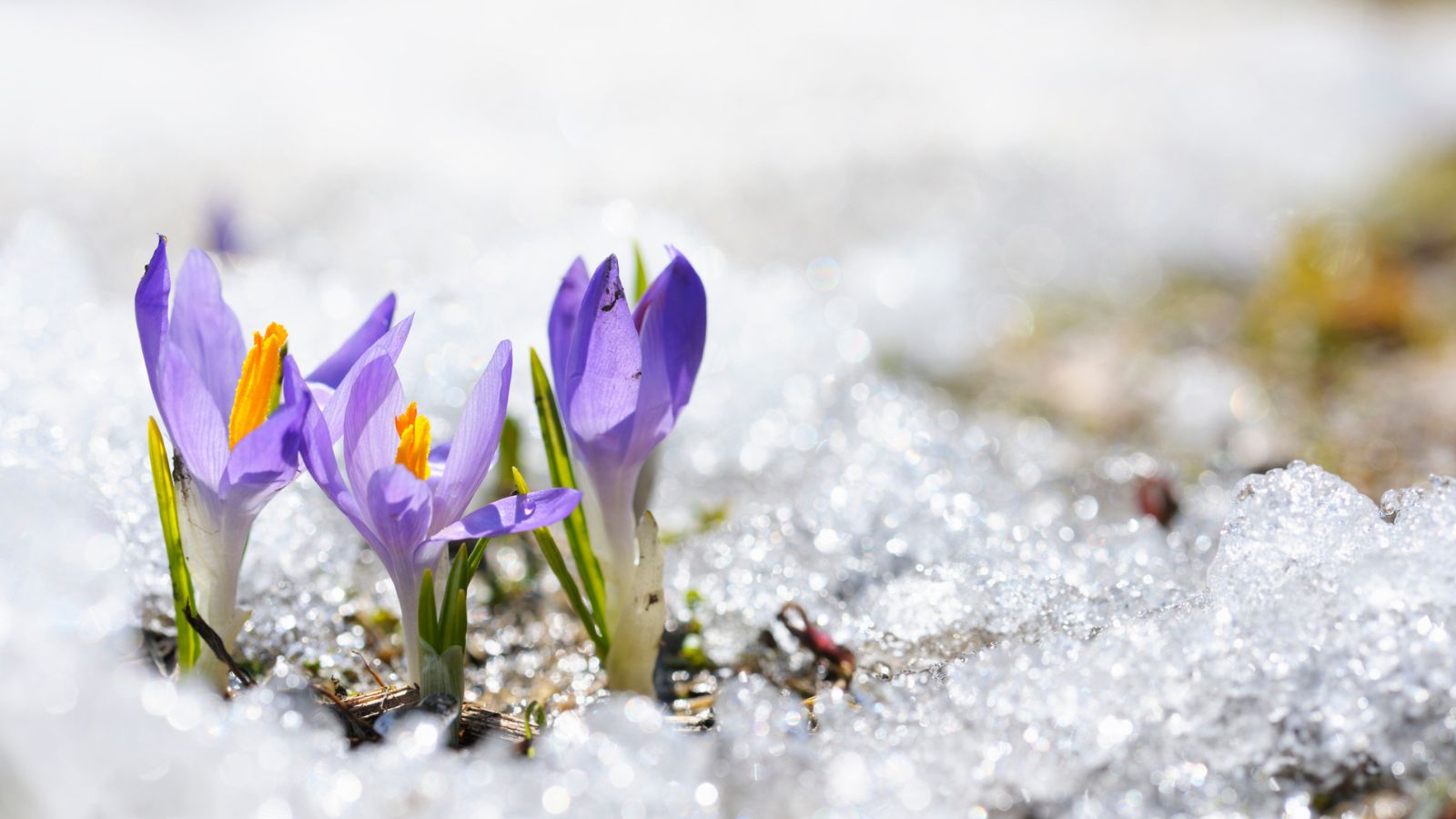
Winterizing your yard is a vital part of gardening, as it protects your equipment, tools, as well as your decks, hot tubs and pools from breaking in harsh winter temperatures.
You will need to undo all of that frost-proofing when temperatures start to rise again, so that everything is prepared for warmer weather. However, it isn't always clear when you should start getting ready for spring.
I spoke to landscaping experts about when to dewinterize your garden, and they told me that temperature is the best indicator of when to begin. These are the temperature triggers that will let you know when to prep your tools, plus we advise on how to wake up and restore your winterized lawn mower and other tools and garden features, ready for the coming spring.
1. When to dewinterize a lawnmower
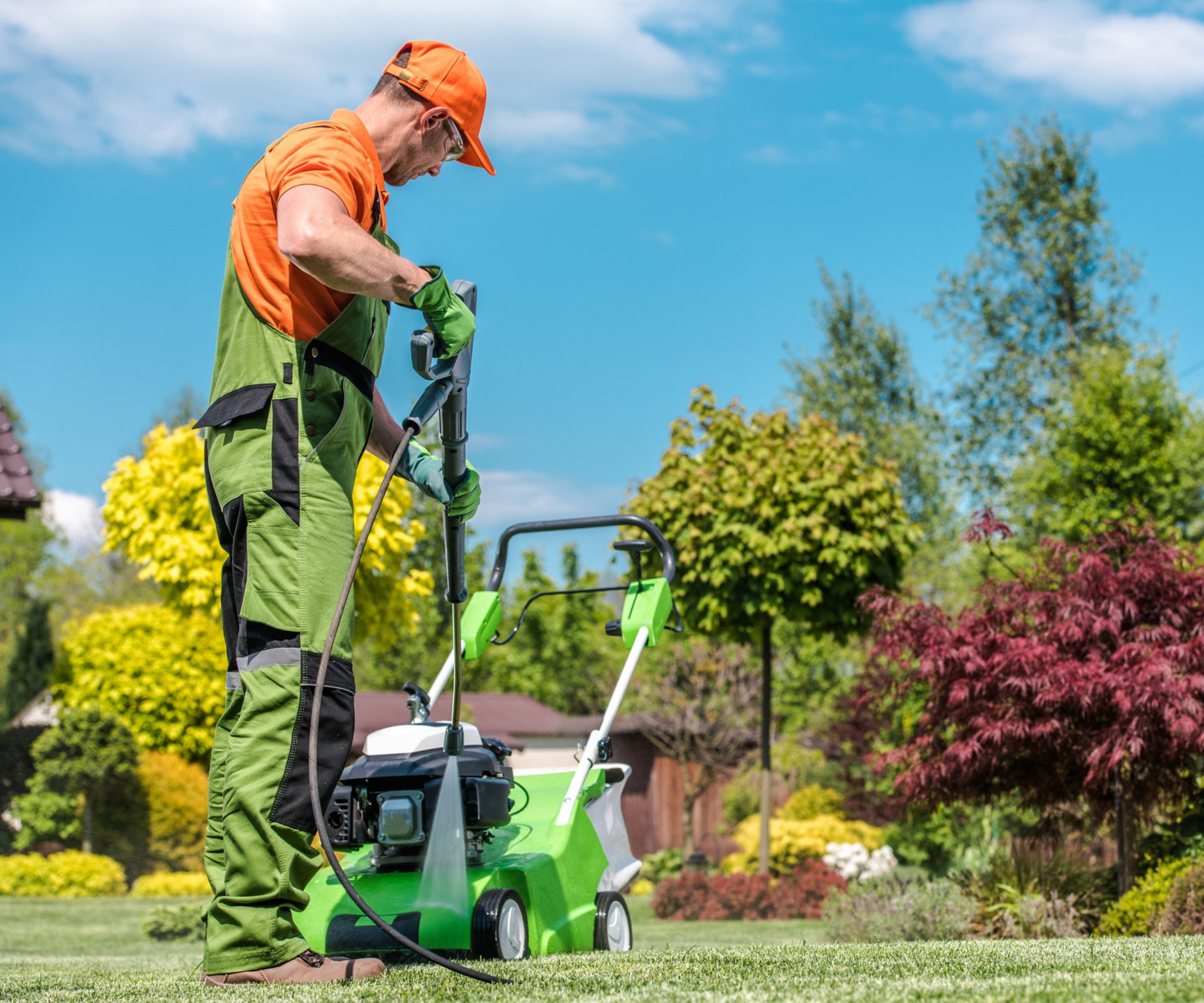
There's no one time to prepare a mower for spring. Different yards have different types of grass and local conditions vary across the country. However, the (very) rough warm of thumb is that grass emerges from its dormancy when night-time temperatures are consistently around or above 60°F. Once you know there's a warm week coming up - usually in March, but it varies - it's time to get your mower ready.
It's relatively easy to get your mower ready for spring. Lawnmower expert Ryan Farley says 'I usually recommend keeping gas in your lawnmower over the winter as long as you have fuel stabilizer added as well. So, your first step when preparing your mower for spring will often be to drain the gas that’s been sitting in it all winter.' This is also a good chance to replace your mower oil.
With the gas replaced, you need to clean the mower. 'I would recommend cleaning it pretty thoroughly when you take it out of storage. This helps get rid of any dust or debris that could interfere with how it runs, but it can also help you identify any potential problems or damage that might have occurred over the winter from pests, weather, etc.'
A final step most people forget is to sharpen lawnmower blades. Dull blades tear at the leaves rather than trim them, creating a ragged cut that can invite disease into your grass. Ryan says 'If you’ve noticed your blades getting dull, this is also a great time to sharpen them up using a grindstone.' However, be careful not to overdo it - one of the most common lawnmower mistakes is over-sharpening your lawnmower blades. This can make the blades brittle and liable to chip. While a grindstone is the fastest method, a cheap hand file like this from Home Depot is all you need to sharpen your lawn mower blades.
2. When to dewinterize sprinklers
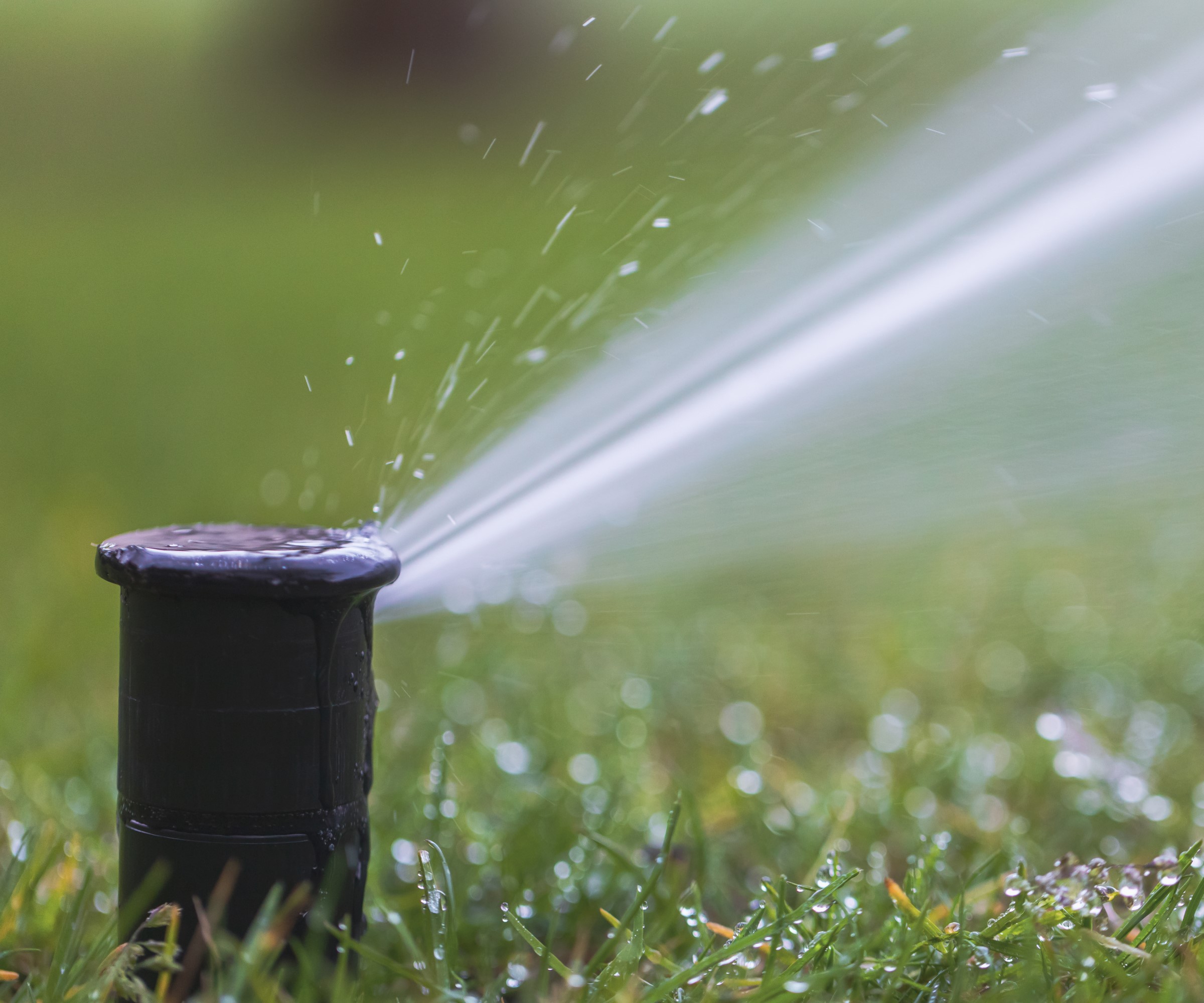
As with lawnmowers, there's no one date for de-winterizing a sprinkler system. Instead, the best cue is temperature. Lawn expert Jeremy Yamaguchi says 'wait until the soil temperatures are above freezing.' Soil temperature is key because the sprinkler heads sit in the soil. If the air temperature is above freezing but the soil temperature is still below 32°F, the sprinkler heads will fill with water, and then freeze; water expands as it freezes and this will crack the sprinkler heads and break the system.
Once you've had a few days of warm soil, Jeremy says 'Start by cleaning your sprinkler heads of debris, then close the main shut-off valve. Slowly open the valve until it’s halfway open, then run each sprinkler zone for at least 3 minutes – this prevents the pipes from being overwhelmed by water pressure.'
This is the perfect setup to troubleshoot any issues that may have happened when the sprinkler system was winterized. 'Go around your lawn and check for issues. The sprinklers may blow out air for a minute but should subside. If it doesn’t, then your sprinkler system may have valve or sprinkler head issues. Lastly, once you’ve verified that there are no problems, open the valve fully.'
3. When to dewinterize a pool
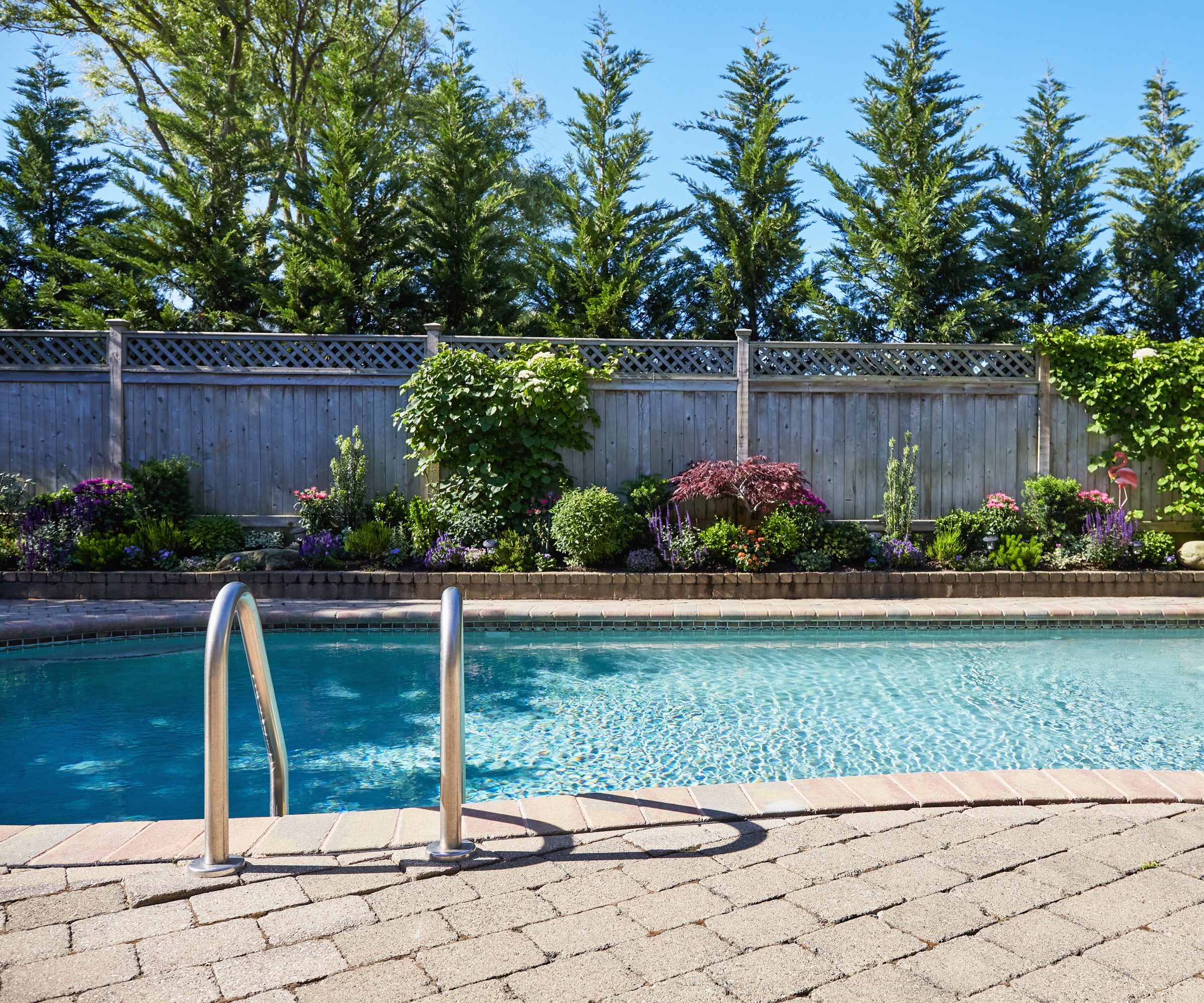
The unofficial start to the pool season - or at least, the one marketed to people - is Memorial Day (the last Monday in May). However, you probably shouldn't wait that long. You should open your pool once outdoor temperatures are consistently around 60-70°F.
That's because algae can bloom at these temperatures, and if you wait too long you'll end up with green pool water, particularly if you have a cheap cover that doesn't keep the sun off the water.
Opening your pool early is the best chance to prevent algae and keep your water crystal clear. If you wait until Memorial Day, those in the hotter parts of the country might find that their pool is already thick with algae. Even in colder areas, it's wise to go early - Memorial Day weekend is the busiest sales period in the pool stores and prices will be higher - and stock lower - than earlier in the spring. On top of that, you should build in some time to stabilize any issues with chlorine or pH, so the earlier the better.
Firstly, clean all of the leaves and branches off your pool cover. If you can, use a cover pump to remove any standing water on the cover - this is mostly to make it easier to move the cover, so it isn't essential. Take the cover off, then clean it with soap and a broom and leave it to dry.
Then, remove any pool winterizing measures like plugs and replace ladders and other accessories in the pool. At this point, replace any water lost to evaporation. After that, prime the pump, then run it.
With that done, test the pH levels in your water, and depending on the results, shock the pool. Shock like this at Walmart is easy to find at a wide range of retailers and pool stores. You don't need anything fancy - the ingredients are almost always identical. Then brush down the sides to dislodge and kill any algae.
4. When to dewinterize a pressure washer

Like pools and sprinklers, it's not a good idea to use your pressure washer until temperatures are reliably above freezing. The good news is that these are similar to lawnmowers.
If you winterized your pressure washer, it should be fairly easy to set up. As with lawnmowers, you need to top up the gas or remove any gas you kept in the washer over winter with a fuel stabilizer. Then, run water through the pressure washer for around a minute. This should clear the washer of any potential blockages and reveal any cracks that may have developed over the winter. If there are no cracks or leaks, your pressure washer is ready to use for spring.
5. When to dewinterize a deck
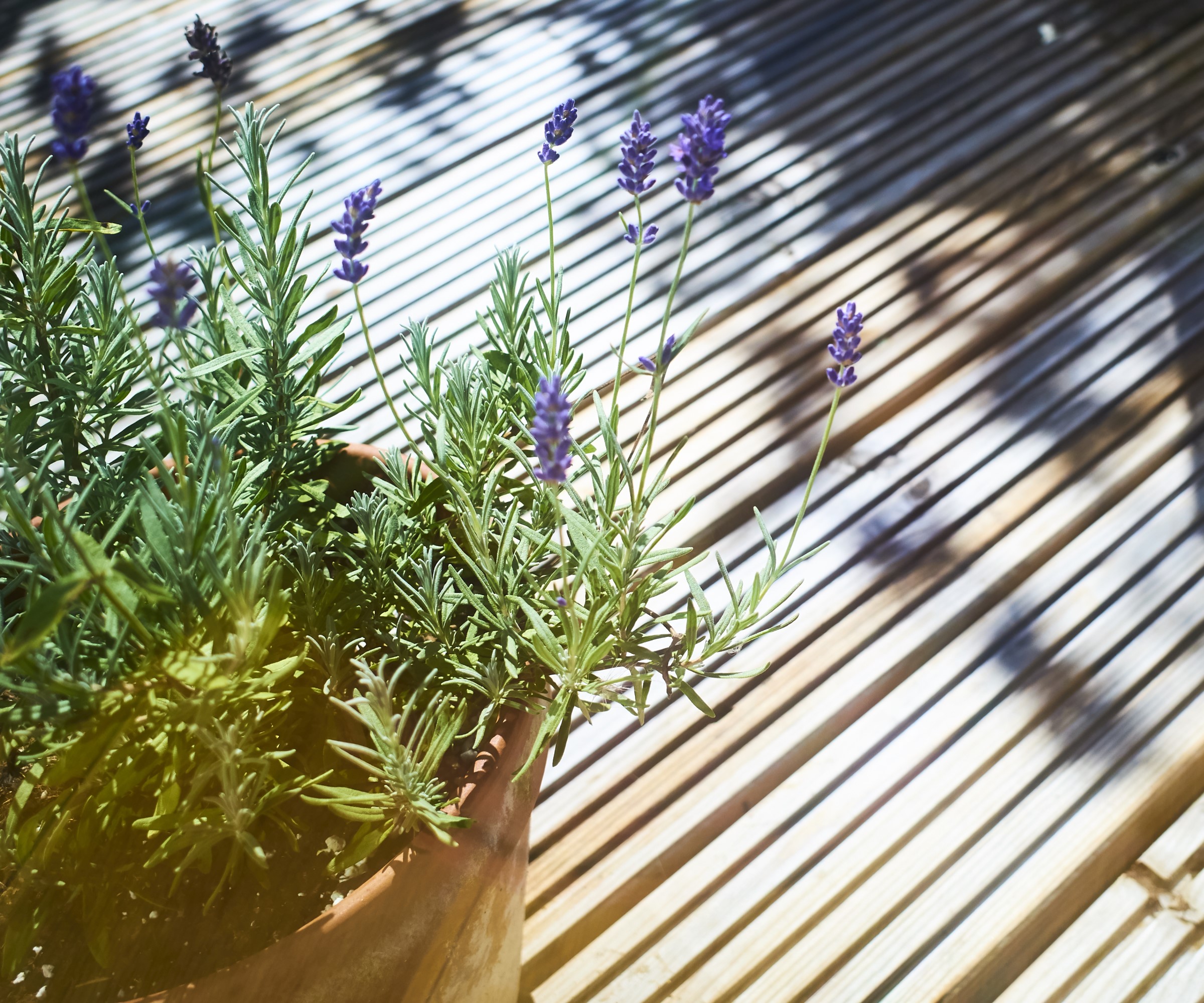
There's no set time or temperature for dewinterizing your deck; it's wise to do it in spring with a few days of dry, warm weather on the forecast. This will give you wiggle room for a few days' work and time for any sealants and stains to dry.
Decks are straightforward to dewinterize, but it can be a lot of work, especially if you didn't winterize your deck before the snow. Firstly, sweep away any leaves and debris, and if the wood is tough enough, you can pressure wash any algae or stains off the planks.
Then, give the whole deck a once-over and look for loose or rotten boards, and tighten any loose screws. If you need to re-stain or re-seal the deck, now is the time to do it before heavy foot traffic in late spring and summer.
6. When to dewinterize a rain barrel
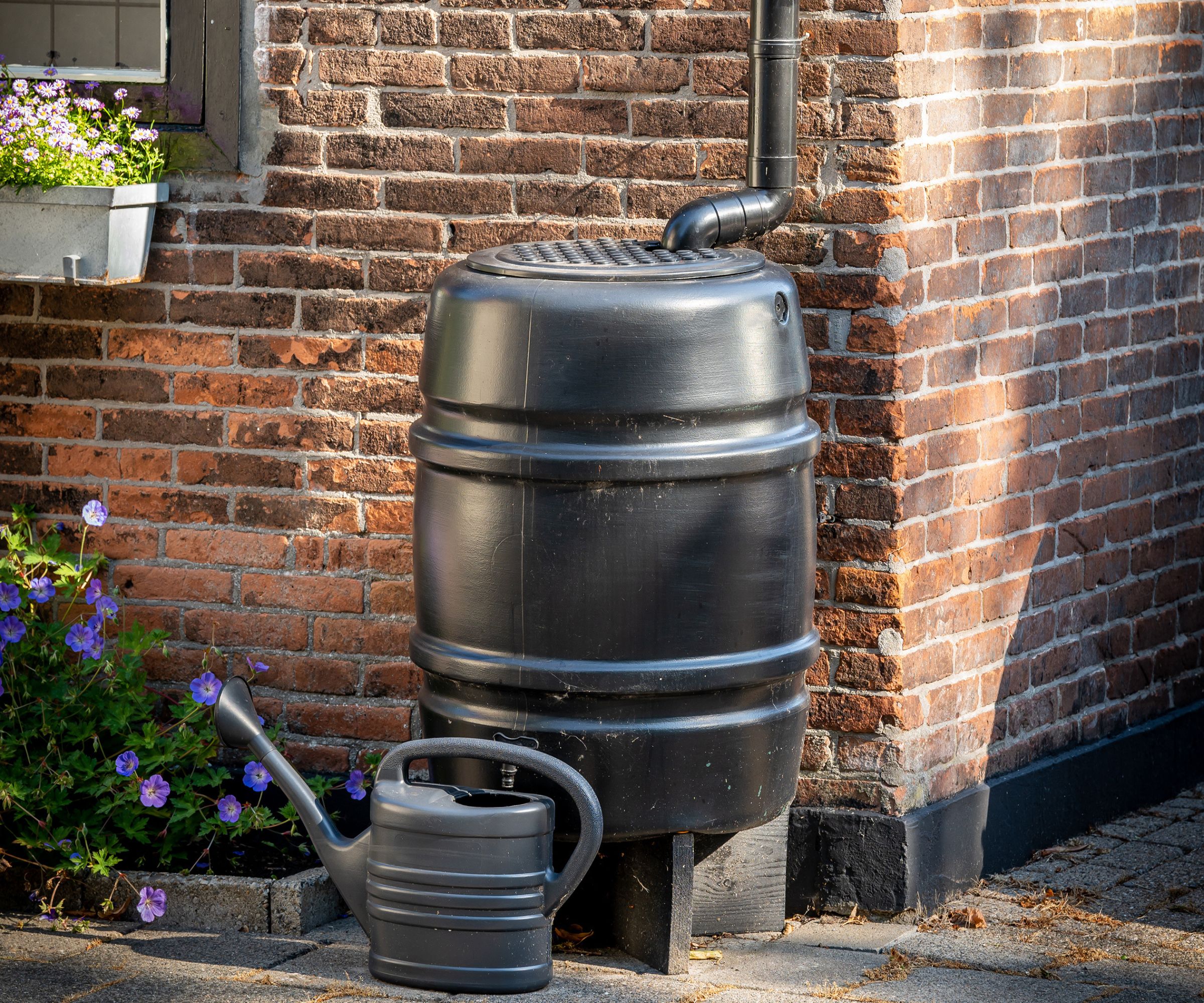
You should dewinterize your rain barrel when temperatures are consistently above freezing and you're unlikely to see another cold snap - probably late March or early April, but that's subject to local weather conditions. You don't want to set your rain barrel up again only to have to undo all your work when a sudden cold front sets in.
Thankfully, it's easy to set your barrel back up. If you winterized your rain barrel, just upend it so it's the right way up again, reattach it to your downspout, then replace the lid and the filter. That's it - rain barrels are one of the easiest things to reintroduce into your garden.
On top of preparing tools and garden features, there's a huge range of other tasks in the spring gardening checklist. For example, you also need to introduce compost to your soil to keep it fertile, sharpen your tools, and plant bulbs for summer.







